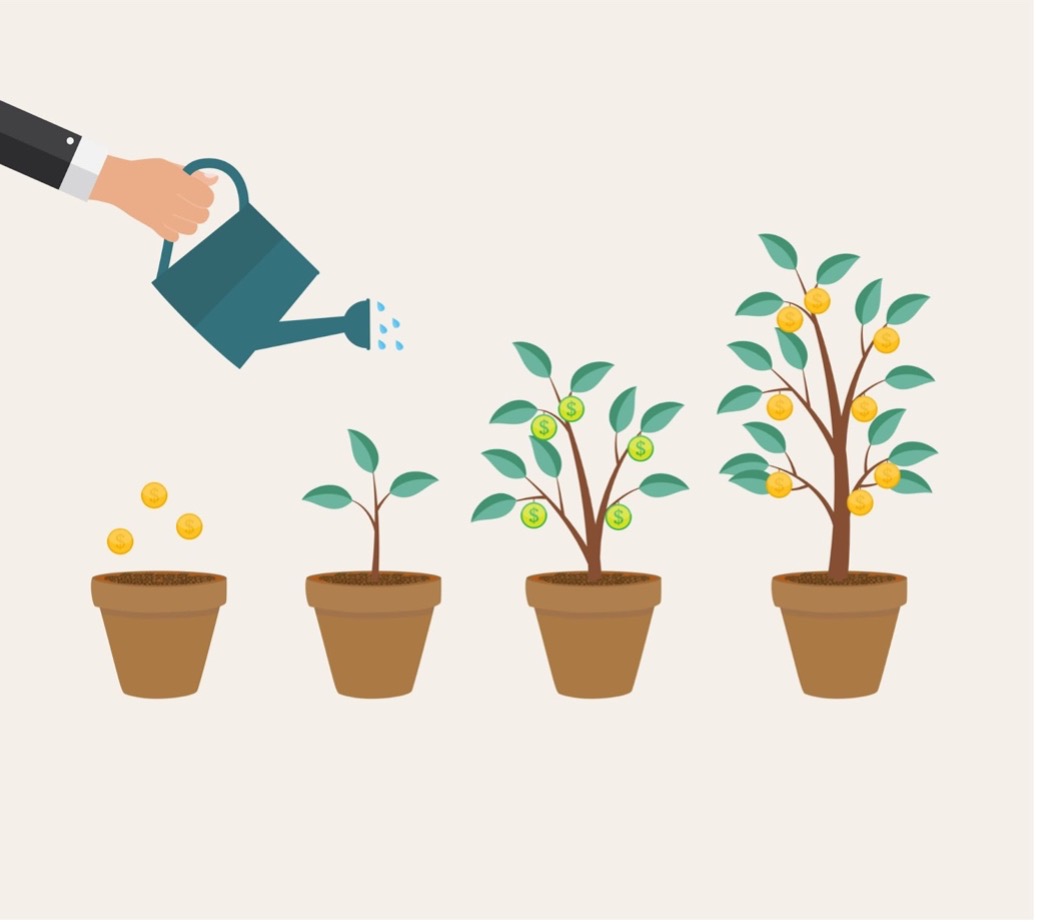Initial Thoughts on Exponential Growth Finance
If you read the national startup rags online, you will continually see pre-seed and seed raises in the millions of dollars. This is unlikely in CPG because most investors know the low margins AND the slower pace to scale common in the sector.
This leads to a particular set of financial issues: covering fixed costs initially is challenging with high COGS and launch fees, accumulated working capital for rapid growth can disappear into debt payments if growth doesn’t come quickly enough, the need to funnel most gross profits back into new costs (staff, marketing, etc.), and the tendency to forget to raise dry powder along with growth capital.
Here are my top thoughts on the financial reality of exponential growth companies:
- Exponentially growing companies rarely grow solely based on their gross profits and internal cash flow…
Sometimes they do, but very rarely and primarily in super high gross-margin businesses (70%+). One ultra-lean client of mine has been doing this for years, but it is a rare convergence of variables in a very high gross margin space, and the product is mainly selling itself at the shelf via the brand identity alone.
Most of you, though, will need to get some cash infusions to cover hiring, marketing, and other variable expenses that can ebb and flow in unpredictable ways. This is also why I urge founders to use every raise to add to your dry powder barrel and to NOT touch it for ordinary operating expenses or debt payment.
- Manufacturer vs. Co-Man
You will need investors for high-growth manufacturing businesses, and you may need to raise large amounts as you grow them. This provides competitive insulation, so it is worth it if you do this. When you see very large Series A, B, and C raises in the media for CPG brands, read again, and you may discover these folks self-manufacture. That can chew up to 80% of a raise, depending on what the needs are.
Co-mans are often the cheaper route, though you lose control over production scalability and perhaps quality. With more and more advanced CPG plant equipment coming up for sale, it’s becoming easier to finance a pilot plant and scale along the Ramp internally. The more the co-man universe struggles to do your thing competently, the more you need to rethink your finances to incorporate working capital into self-manufacture. It’s a considerable margin booster farther up the Ramp.
- Exponential growth has benefits to your startup’s balance sheet
Growing 75%+ or more every year allows you to cover fixed operating costs very quickly and eliminate the need to accumulate debt or raise capital simply to persist (very common in slow-growing startups).
Exponential growth also provides the cash flow necessary to qualify for all sorts of funding, mainly from smarter angels who want to see cash flow positivity, covering fixed costs, etc. They don’t want to ‘rescue’ brands. That’s what friends and family tend to do.
But fast growth rates also generate seemingly sudden, massive spikes on production costs tied to demand on the back half of the curve.
